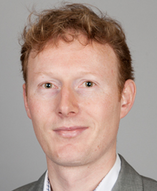Confirmed Speakers
 | Karin Hoffmeister The research group of Karin Hoffmeister studies the role of glycans in hematopoiesis. In detail, their aim is to better understand the role of carbohydrates in platelet production, function and survival and interaction between platelets and/or with other blood cells. During maturation, differentiation and inflammation programmed remodeling of cell surface glycans takes place by the regulated expression of specific glycosyltransferases. The Hoffmeister group characterizes these Golgi glycosyltransferase enzymes expressed in platelets, their possible extracellular targets and their delivery mechanism(s) from megakaryocytes to platelets. |
| Jan-Willem Veening The research group of Prof. Dr. J.W. Veening focuses on the gram positive bacteria Streptococcus pneumoniae. Up to 80 % of young children are carrying the bacteria but do not show any disease symptoms. However Streptococcus pneumoniae can cause several serious diseases such as meningitis, septicemia and pneumonia and each year, more than 2 million people die because of pneumococcal infections. With his research Prof. Dr. J.W. Veening addresses the question how and why the pneumococcus switches from benign to pathogen. Apart from that his group is also interested in how the pathogen deals with antibiotic resistance and in the coordination of the cell cycle. |
| |
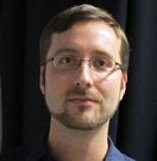 | Andreas Johann Müller Dr. Müller and his research team focus on the interaction of pathogens with the host immune system. Their higher aim is to understand how an immune response is built up, sustained and controlled, and more specifically, which role the pathogen plays in this process. He utilizes advanced microscopy techniques to unravel how pathogen physiology and the behavior of the immune system influence each other. Using cutaneous infection models such as S. aureus and L. major, he and his team visualize the beautiful dynamics of these interactions. |
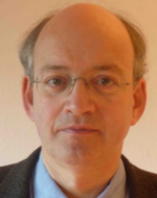 | Lars Nitschke B lymphocytes (or B cells) are cells of the adaptive immune system, which generate an antibodydependent humoral immune response. The group of Prof. Nitschke is interested in the signals which regulate the maturation and function of B cells. To study their function in vivo they make use of genetically-modified mouse lines with deletions or mutations in different proteins of B cells (e.g. CD22), which serve as model systems to study the both the normal function of the immune system, as well as pathological changes of the immune system. |
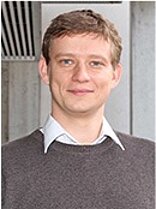 | University of Basel, Switzerland Type VI secretion system (T6SS) is a widespread export system that can be found in soil and marine bacteria as well as in pathogens, such as the bacterium which causes pneumonia, Pseudomonas. Marek Baslers group studies the structure, assembly and dismantling of this extraordinarily large nanomachine employing the newest microscopy techniques combined with biochemical approaches and computer analyses. |
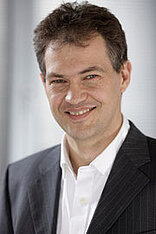 | Gene Center Munich, Germany
|

